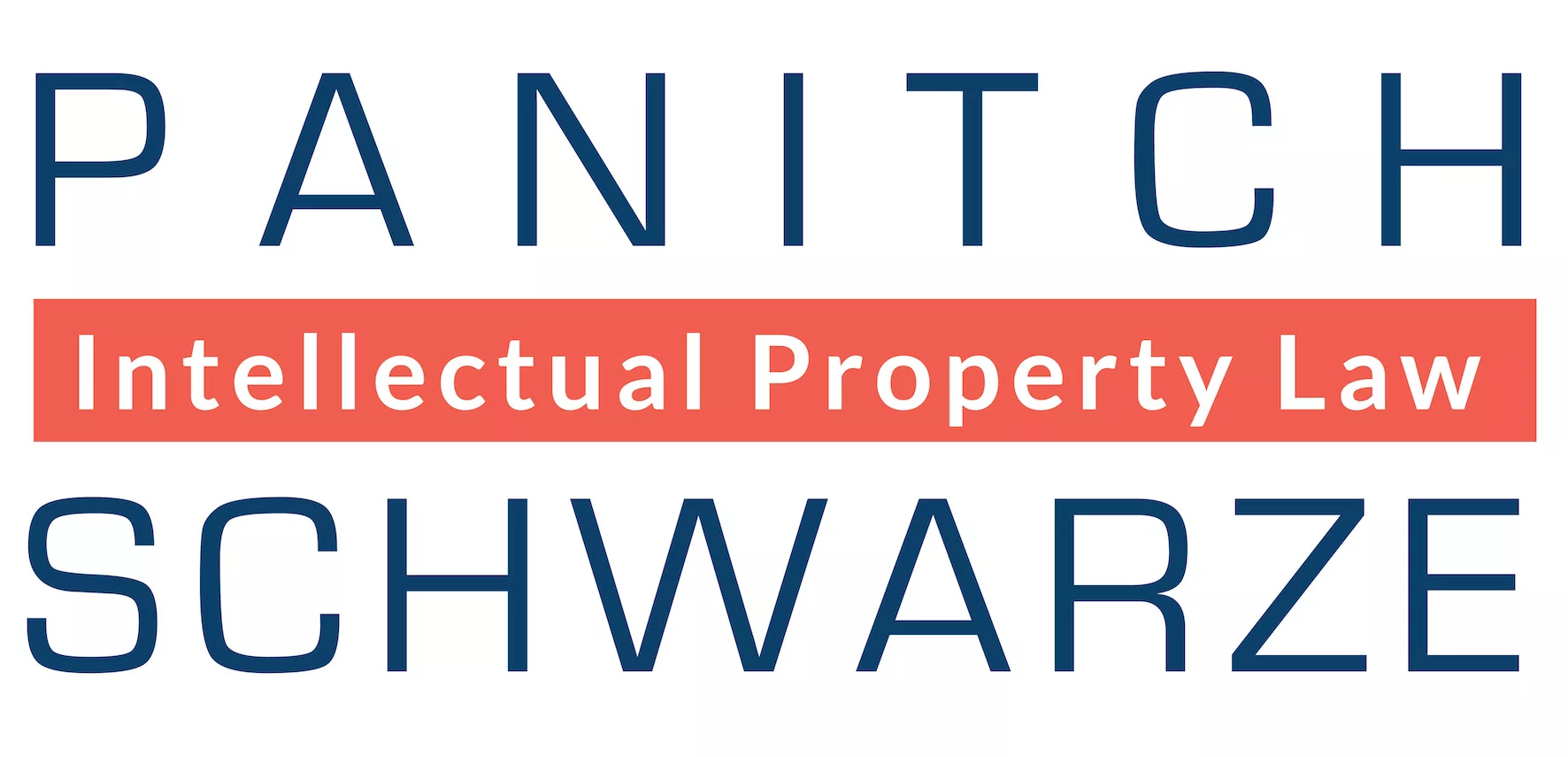The Trademark Modernization Act became effective on Dec. 18, 2021. By now, practitioners have been bombarded by vast numbers of articles that review the changes made by this law. The purpose of this article, however, is to discuss practical considerations when pursuing the new ex parte expungement and reexamination proceedings.
The legal requirements for successful expungement and reexamination proceedings are a high bar. So, care must be taken when pursuing these actions.
Brief Discussion of Changes to Existing Law
The Trademark Modernization Act (TMA) made several changes to existing U.S. trademark law. The USPTO has outlined these changes here: https://www.uspto.gov/trademarks/laws/2020-modernization-act. The following is a brief list of the changes that are receiving comparatively less attention:
- Office Action Response Periods
- Beginning Dec. 1, 2022, responses to official actions will be due three months from the date of issue, instead of six months. Three-month response deadlines can be extended another three months upon the payment of a fee.
Note, however, that this change will not apply to Madrid Protocol applications.
- Letters of Protest
- The procedure for submitting letters of protest will now be formal and pursuant to express statutory authority.
- Court Orders Concerning Registrations
- The USPTO will rectify the register by acting on court orders cancelling or affecting a registration when a certified copy of the court order is submitted. Action will be taken when the court case is finally determined.
- Nonuse/Expungement Ground for Cancellation Before the
TTAB
- For those who would prefer an inter-partes proceeding, and that have standing to bring a cancellation, the Trademark Trial and Appeal Board (TTAB) will now allow petitioners to allege that a mark has never been used in commerce as a ground for expungement/cancellation.
Ex Parte Expungement and Reexamination Proceedings
We now turn to the TMA changes that are receiving the most attention: Ex parte expungement and reexamination proceedings. These new proceedings are supposed to provide more efficient, and less expensive alternatives to contested inter-partes proceedings at the TTAB.
However, based upon experience, these proceedings are not proving to be much faster-at least initially. Of five petitions for expungement that this author filed in January 2022, none have been acted upon as of late March. Contrast this to a TTAB scheduling order that is transmitted to a respondent several days after a petition to cancel is filed.
Turning to the differences between these two proceedings:
An expungement proceeding can be requested when the registrant never used the trademark in commerce with some or all the goods or services in the registration. Contextually, this mainly applies to Madrid applications under Section 66(a) of the act.
Reexamination proceedings can be requested for of some or all the goods or services in a use-based registration when the trademark was not in use in commerce with those goods or services on or before a particular relevant date. Those relevant dates are when a use-based application was filed, or when an amendment to allege use was filed, or the date that the deadline to file a statement of use expired.
The purpose of both proceedings is to remove from the register those registrations that have become deadwood.
Practical Considerations-Making a Prima Facie Case
Practitioners may believe that these new tools for cancelling registrations provide a quick and simple way to achieve that end. However, the USPTO has set the bar quite high.
Petitioners cannot simply raise their hand and assert that a trademark was not, or was never, in use. A significant amount of work must be put into a non-use investigation, and specific facts must be alleged. Although it is certainly difficult to prove a negative, the USPTO has made it clear that they want to see elbow grease and skinned knuckles in any petitions for expungement or reexamination. The elements of the reasonable investigation must be set out, and the facts and evidence must be recited, all in a verified statement. Only after that will the office determine whether the prima facie case has been made.
If a petition fails to include the necessary elements for a non-use investigation, the USPTO will give the petitioner 30 days to perfect the petition. However, it is important to know that the petitioner may not include additional evidence in its response. If the petitioner includes additional evidence in its response, the evidence will not be considered. So, all necessary evidence must be in the petition when it is initially filed.
As discussed above, it is difficult to prove a negative. So, if a mark was not in use, what is the USPTO looking for in terms of the non-use investigation and evidence. The final rule refers to two cases that are illustrative in that regard: In re Pacer Tech., 338 F.3d 1348, 1351 (Fed. Cir. 2003) and in re Loew's Theatres, Inc., 769 F.2d 764, 768 (Fed. Cir. 1985). Pursuant to these cases, a prima facie case of nonuse requires only that a reasonable predicate concerning nonuse be established. The relevant portion of In re Pacer Tech reads as follows:
Loew's concerned whether the use of Durango for the product tobacco was primarily geographically deceptively misdescriptive pursuant to Section 2(e) (2) of the Lanham Act . On appeal to this court, the applicant argued that the PTO failed to meet its prima facie case that there was a goods/place association between tobacco and the geographic name "Durango" because the PTO produced no evidence that the public would make the asserted association . We disagreed that the PTO, as part of its prima facie case, must establish an actual goods/place association . We reasoned that the PTO "does not have means" to undertake the research, such as a marketing survey, necessary to prove that the public would actually make the goods/place association asserted . We consequently required the PTO only to establish "a reasonable predicate for its conclusion that the public would be likely to make the particular goods/place association on which it relies," and not that the public would actually make the asserted association.
So therein lies the work for the practitioner-to establish a reasonable predicate concerning nonuse. The USPTO will presumably refuse any petitions for expungement or reexamination that do not reasonably show that the mark was either never used in commerce or was not used when the application was filed, or the allegation of use was filed or due. This means that a significant investigation is necessary, and all evidence collected from such an investigation must be placed into the verified statement.
As in Loew's and Pacer Tech, it would be unreasonable to make the petitioner go to extraordinary lengths to show that a mark is not in use. And after the prima facie case is made, it becomes the registrant's responsibility to rebut the prima facie case. Nevertheless, what is clear is that it will take a significant amount of work to make a case for non-use. The TMA provides two significant new tools to help remove deadwood from the trademark register. But the tools require significant work to use. The legal requirements for successful expungement and reexamination proceedings are a high bar. It takes significant work to make the prima facie case in each. So, care must be taken when pursuing these actions.
Originally Published by law.com
The content of this article is intended to provide a general guide to the subject matter. Specialist advice should be sought about your specific circumstances.
We operate a free-to-view policy, asking only that you register in order to read all of our content. Please login or register to view the rest of this article.


